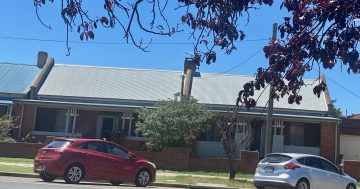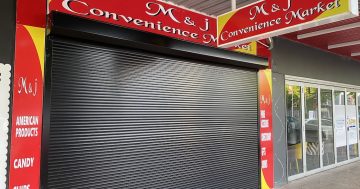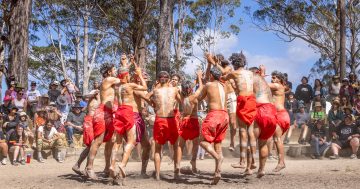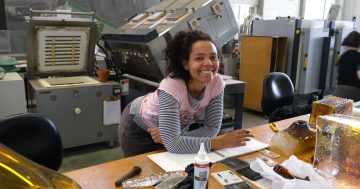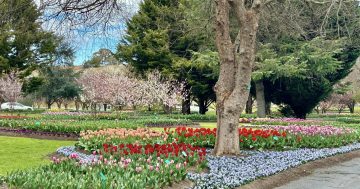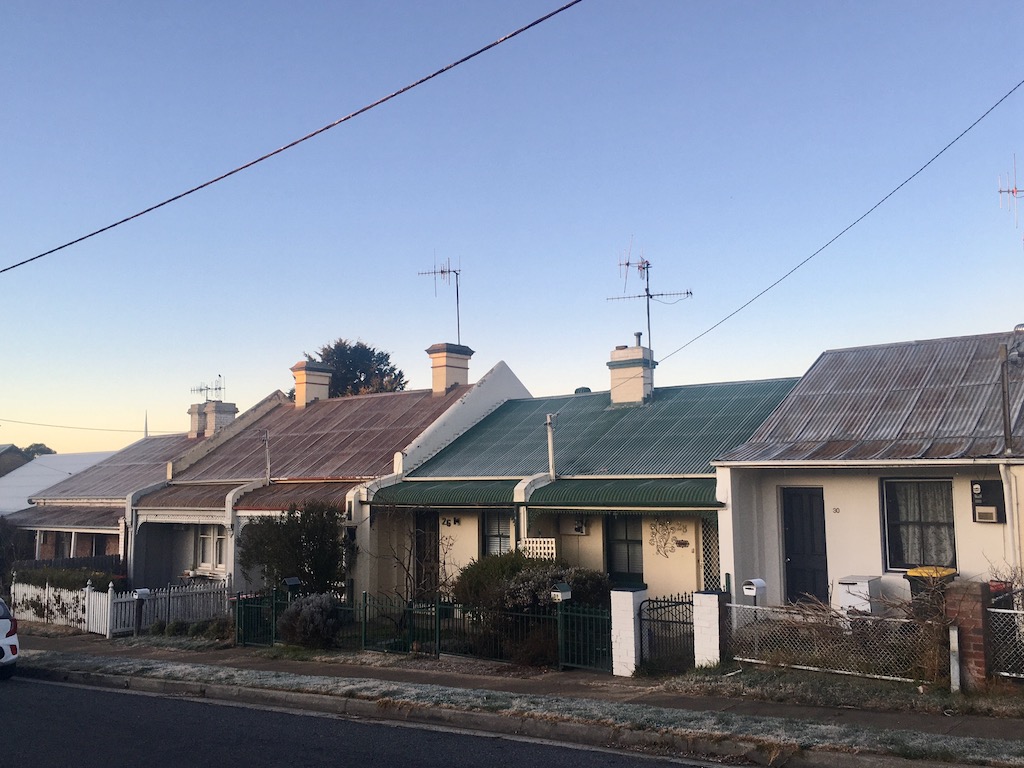
John Street, Goulburn, has beautiful examples of workmen’s cottages. Photo: John Thistleton.
Goulburn’s workmen’s cottages fascinate Peta Luck, a local studies librarian with numerous online resources at her fingertips to explore their origins.
“I’m really curious about the lived experience of people maybe who didn’t have every opportunity and who had come to a young colony for nefarious reasons or whatever reason,” Peta said. “So I love the workmen’s cottages, the stories about inns, guesthouses and brothels.”
So when a request arrived about a tiny workmen’s cottage in Montague Street, recently sold after being owned by a family since World War I, Peta went searching. For years the home of Wendell Rosewarne, the evergreen sportsman who rode his red postie’s bike to national prominence and died in 2018, this cottage is one of the few standing today in its area in Goulburn.
To the rear were small cottages and houses of ill repute, several taking in lodgers, Peta said.
“I spoke to Wendell’s sister (Mary O’Neill); you could almost reach across history and touch those lived experiences through the cottage and through the story of the people who have lived in it.”
On Tuesday, 16 August at 12:30 pm, Peta and Queanbeyan local studies librarian Brigid Whitbread will reveal the wealth of resources available to house history researchers. Their talk at the Goulburn Library will include tips and links to many accessible websites including births, deaths and marriages; an index of death and funeral notices and obituaries; and real estate companies.
Brigid says tracing the people who lived in a home might be the best way to reveal its story.
“People have points where they leave a trail: births, deaths, marriages, fleeting or enduring notoriety. A house only becomes noteworthy when it sells or has some unusual event like a fire or criminal act or is a business,” she said.
Other sources of information can come from neighbours.
“They may know some of the early owners or occupiers and their descendants,” Brigid said.
Owners researching their home’s history should apply to the council for the property file. The detail varies widely but should give some useful clues.
Peta says the National Library website Trove is a great place to search. Reports that made it to the regional newspapers, particularly in the 1940s and ’50s, were fascinating. For example, “Little Billy Green, 10 years of age, was admitted to hospital with a broken arm. Billy was picked up outside his home at number 32 … ”
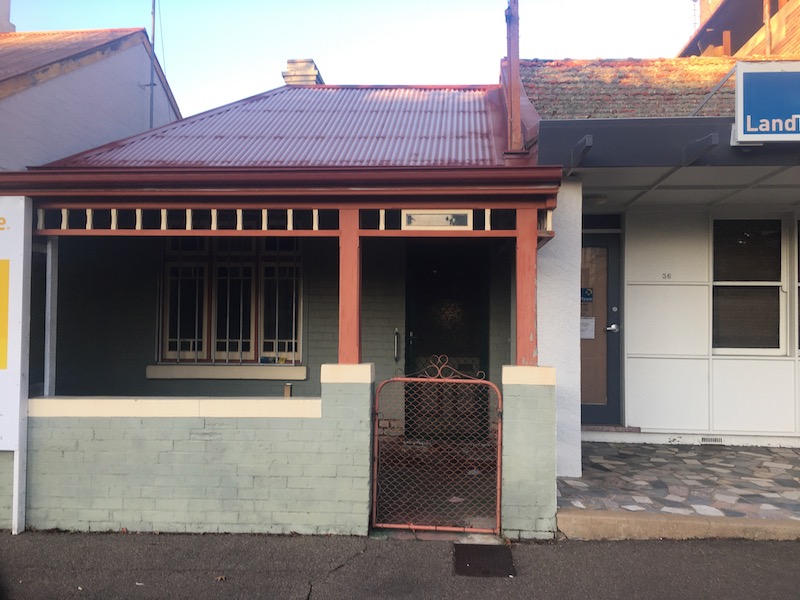
A workmen’s cottage in Montague Street, Goulburn, once the home of Wendell Rosewarne. Photo: John Thistleton.
Google the name of the house or search the name or actual address in Trove. Peta says you could even discover this type of social history as well.
“It’s the colour in the stories – you can imagine a small boy rushing about in the garden and falling down, breaking his arm, and the shared frisson of excitement in the street as he is carried away on a litter to the hospital. And somebody writing to the newspaper because that’s news.”
Goulburn Mulwaree Library’s Local History online resources include journalist Louise Thrower’s Masters thesis, Historical Conservation in Goulburn: the case for a local environmental perception, which notes in the late 1800s the working class rented small and often poorly ventilated cottages from capitalists, while the houses owned by a wealthier class were larger and dominated the fashionable areas of town.
Homes of the wealthy were generally on higher ground or at a distance from denser settlement, with space providing an element of grandeur. Working-class cottages and terraces were close to the township or near workplaces.

This 1909 photograph shows a house in Train Street, now part of the southern end of Sloane Street. Photo: Goulburn Mulwaree Library Local History section.
“We refer to that thesis almost daily, it’s terrific,” Peta said. “(Louise) brings in a lot of information about the workmen’s cottages and the different types of people who lived here.”
Peta uses the NSW Historic Plans Record Viewer, a terrific resource, and with persistence can yield wonderful information. She will take a name, look at the State Archives and check railway and prison records. She always uses the indexes on the State Archives site to gain an insight into the person being studied. Often those indexes say what the person did.







